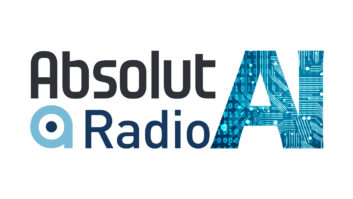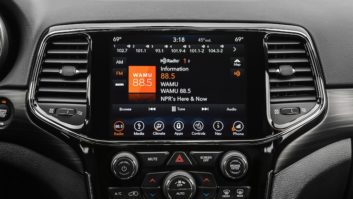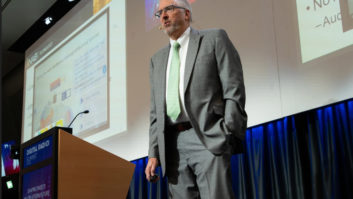
Credit: iStockphoto/Eugene Kazimiarovich
One in a series of articles about getting the best performance out of your investment in HD Radio.
In the discussion forum at the amusingly-named GearSlutz.com, there’s a thread from July 2011 with the title, “HD Radio sounds like junk.” The poster admits that the high end is better than analog FM, but complains that it’s “swishy,” like a low-bitrate MP3 file. The first commenter to that question offers, “Possibly this is a fault of the radio station processing?” Indeed, it very well might be.
HD Radio does use a relatively low bitrate. With our present “hybrid” (i.e., analog+digital) systems, AM HD-R typically runs at 40 kilobits per second. A single FM channel in HD-R is typically 96 kbps. But many FM stations multicast, splitting that bitrate across several HD “streams.” The result in both cases is that the final bitrate is comparable to that for a Web stream.
Most of us made this mistake when we started streaming over the Internet: We split the audio from our existing processor to drive the encoder. We then discovered that it sounded awful. The same is true of HD Radio, and the low bitrate is the primary reason.
Omnia’s Frank Foti released an important paper about this several years ago titled “Audio Processing and HD Radio.” It’s available at omniaaudio.com/tech/Audio_Processing&HD-Radio.pdf and is recommended reading.
In that paper, Foti says flatly, “A processor for HD Radio has a completely different set of requirements. The most important issue is in dealing with data reduced audio” (emphasis mine).
Foti’s paper details how clipping, in particular, must be given special treatment. Most top-of-the-line processors, including those from Omnia, actually have two separate peak limiters. A more traditional “clipper” might be used with the analog, but a softer “look-ahead” limiter will be required for a digital stream. Hard clipping is an absolute no-no with any digital “stream” — HD Radio included.
My buddy Jeff Keith with Vorsis (www.vorsis.com) had this to add when I queried him via email: “In any coded environment it’s important to not give the codec something to code that’s (1) difficult, and/or (2) takes bits away from audio that was supposed to be coded.” In his words, codecs are “very good at ‘hearing’ all of the things that are in the audio.” But they can’t differentiate between the good and the bad. Therefore, Jeff says, we must supply the smarts in the processing and “not give it anything bad.”
For the best performance, you’ll buy a processor that’s “digital stream-ready.” But if you’re on a strictly limited budget, you may have to be prepared to make compromises with an older, pre-HD and pre-Web stream processor.
Here are some tips: First, reduce the clipping as much as possible. Next, watch the levels! Don’t ever overdrive the codec’s input. Remember not to use standard FM pre-emphasis. Finally, you may need to slightly roll off the highs after the processor to further ease the load on the codec.
It’s not ideal but you can get good sound on a low-bitrate digital stream like HD Radio even with an older processor. This will buy you some time to save up for that dedicated HD audio processor.
Send your HD Radio tips or column suggestions to [email protected].
Stephen M. Poole, CBRE-AMD, CBNT, is market chief engineer at Crawford Broadcasting in Birmingham, Ala.












